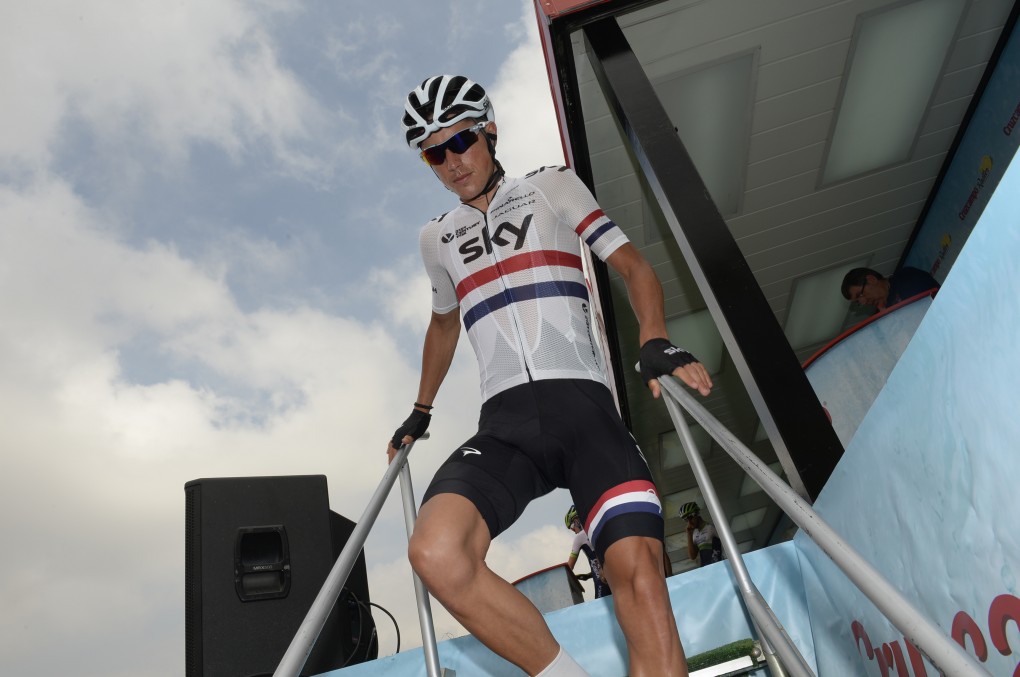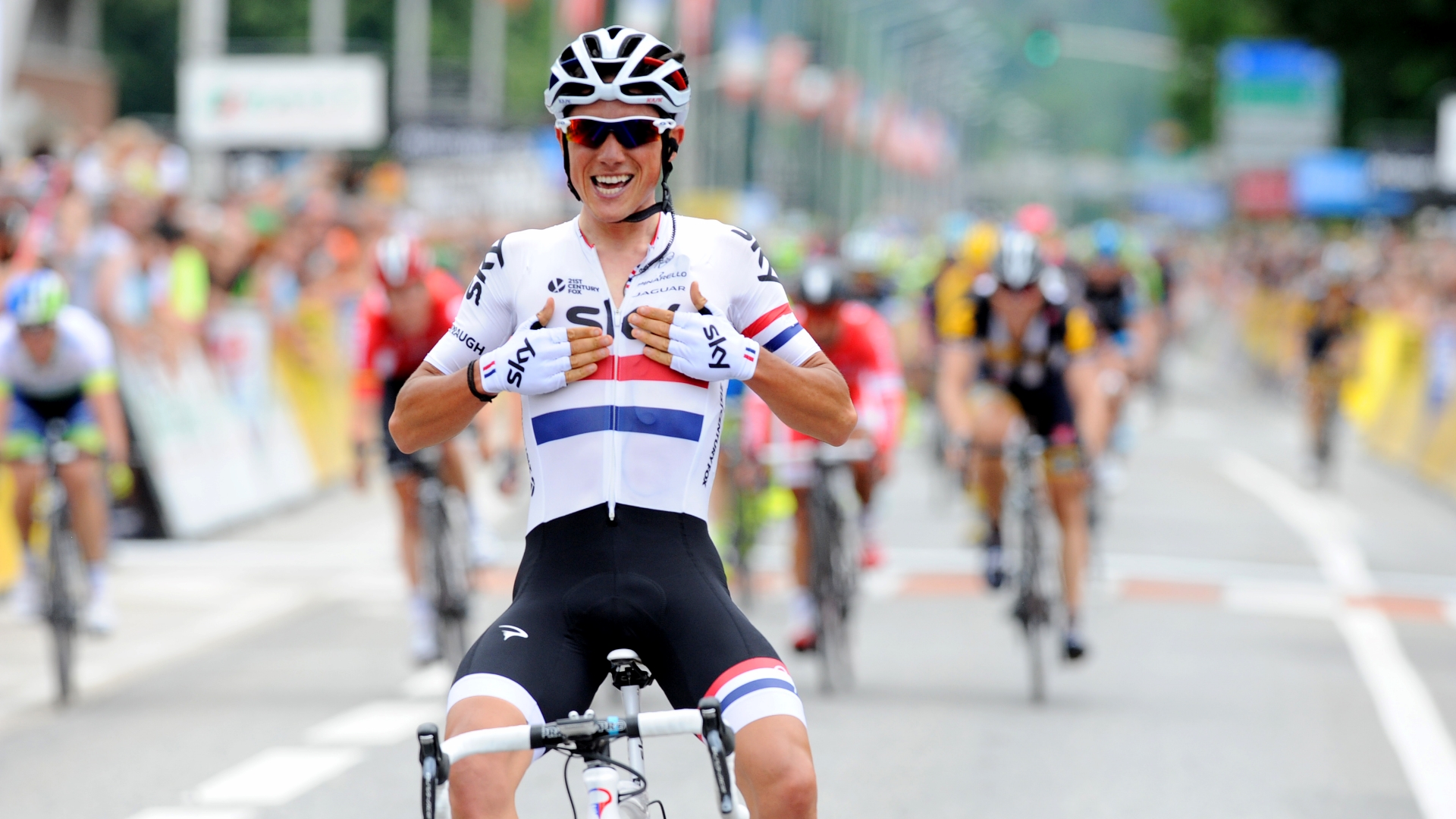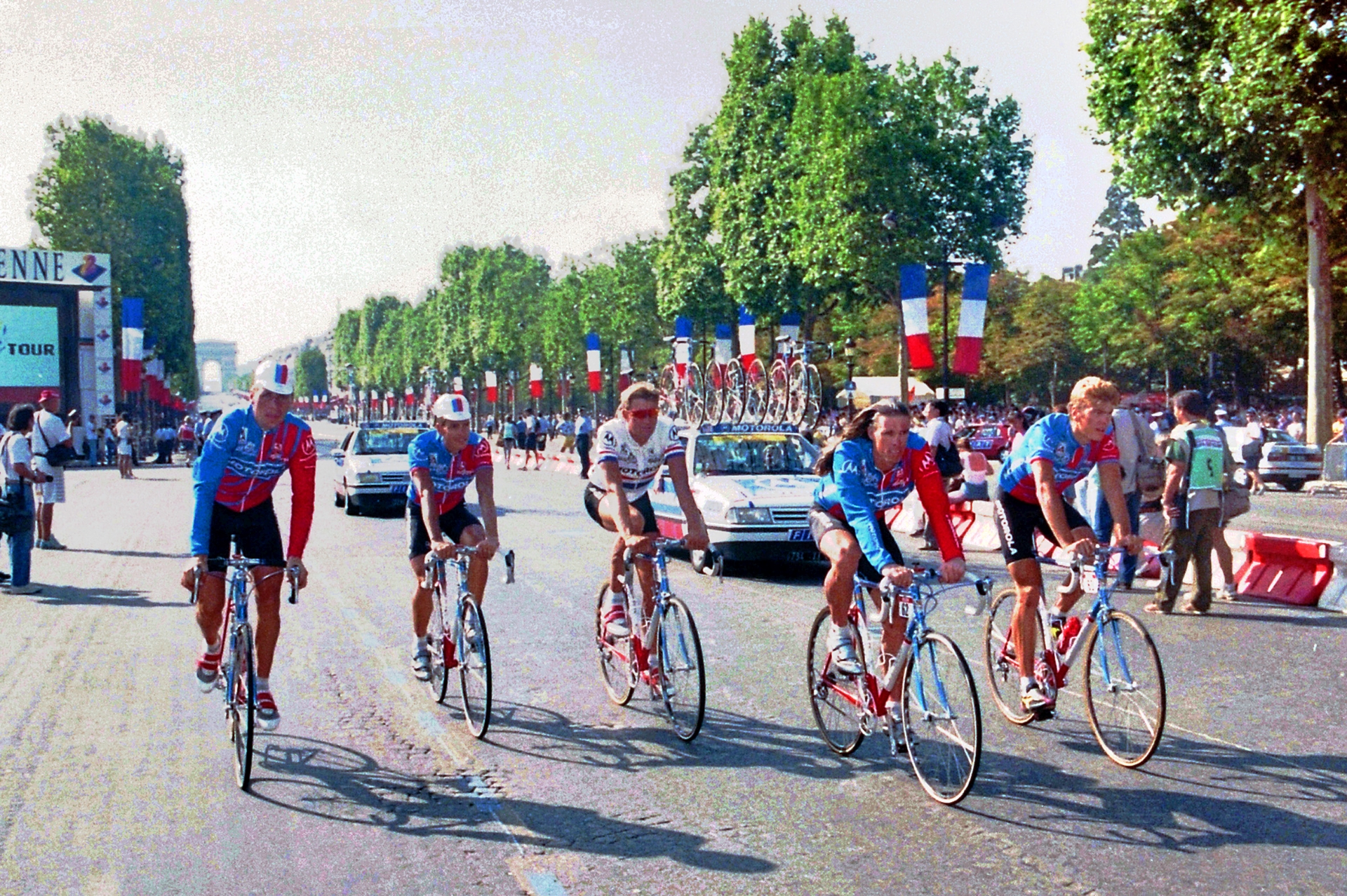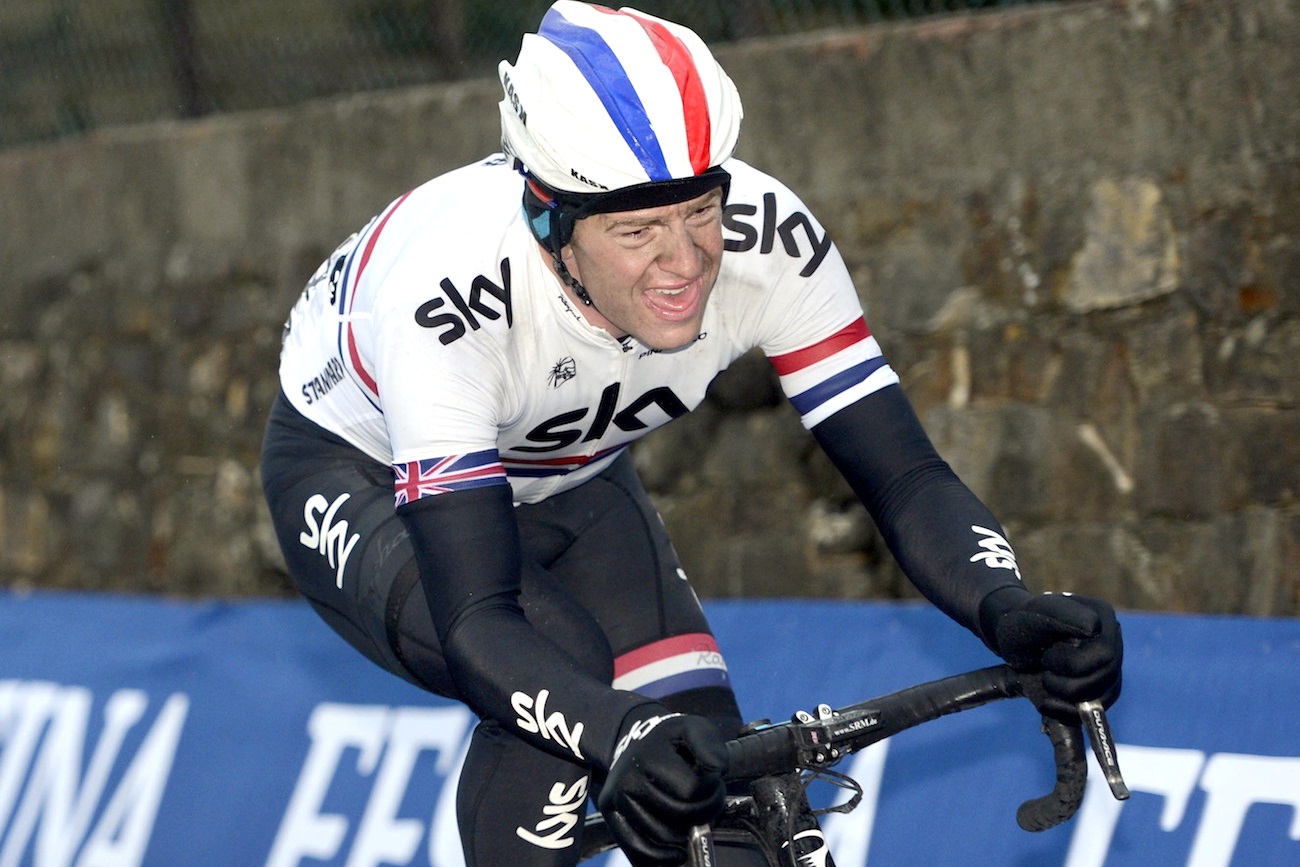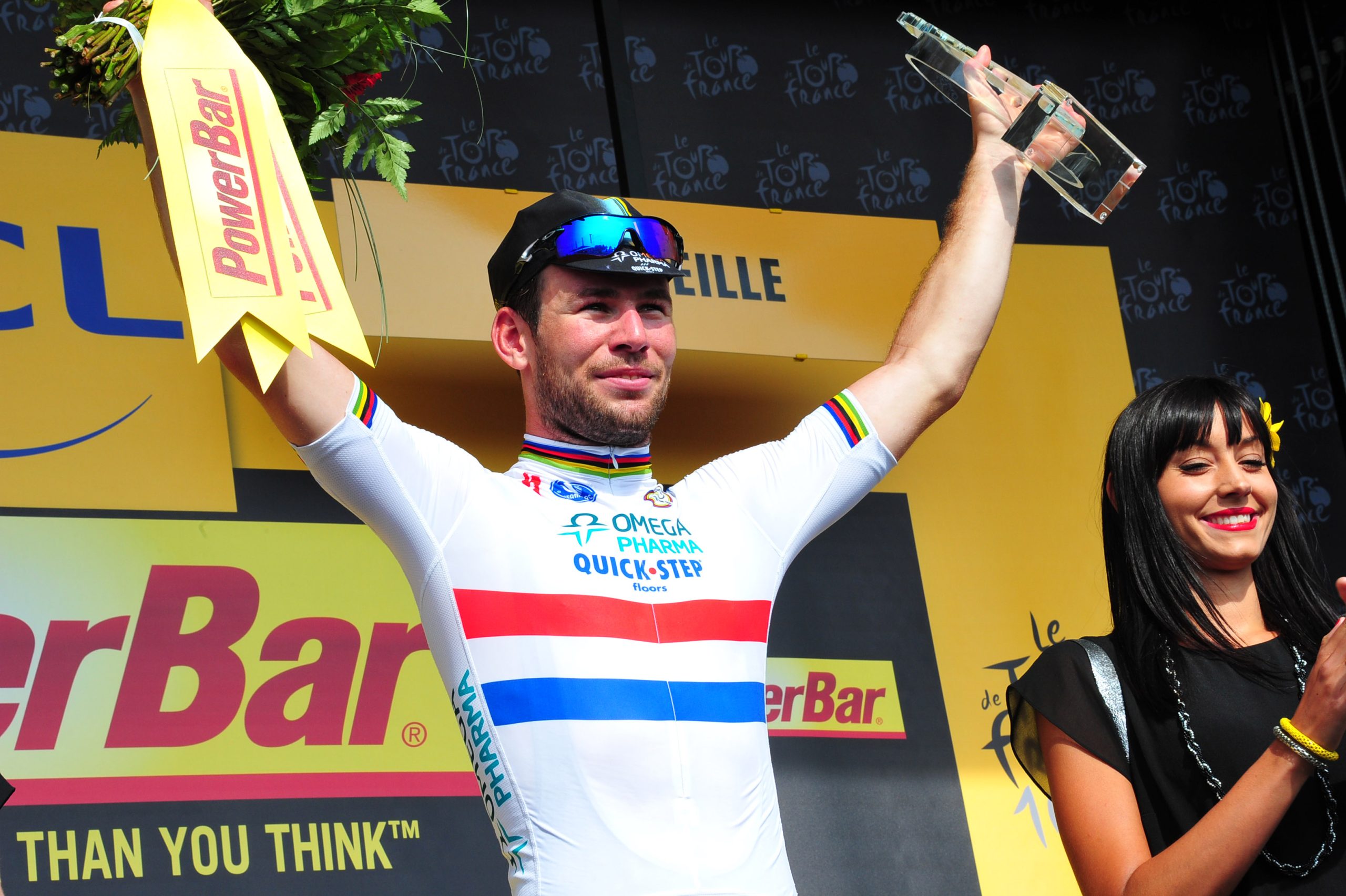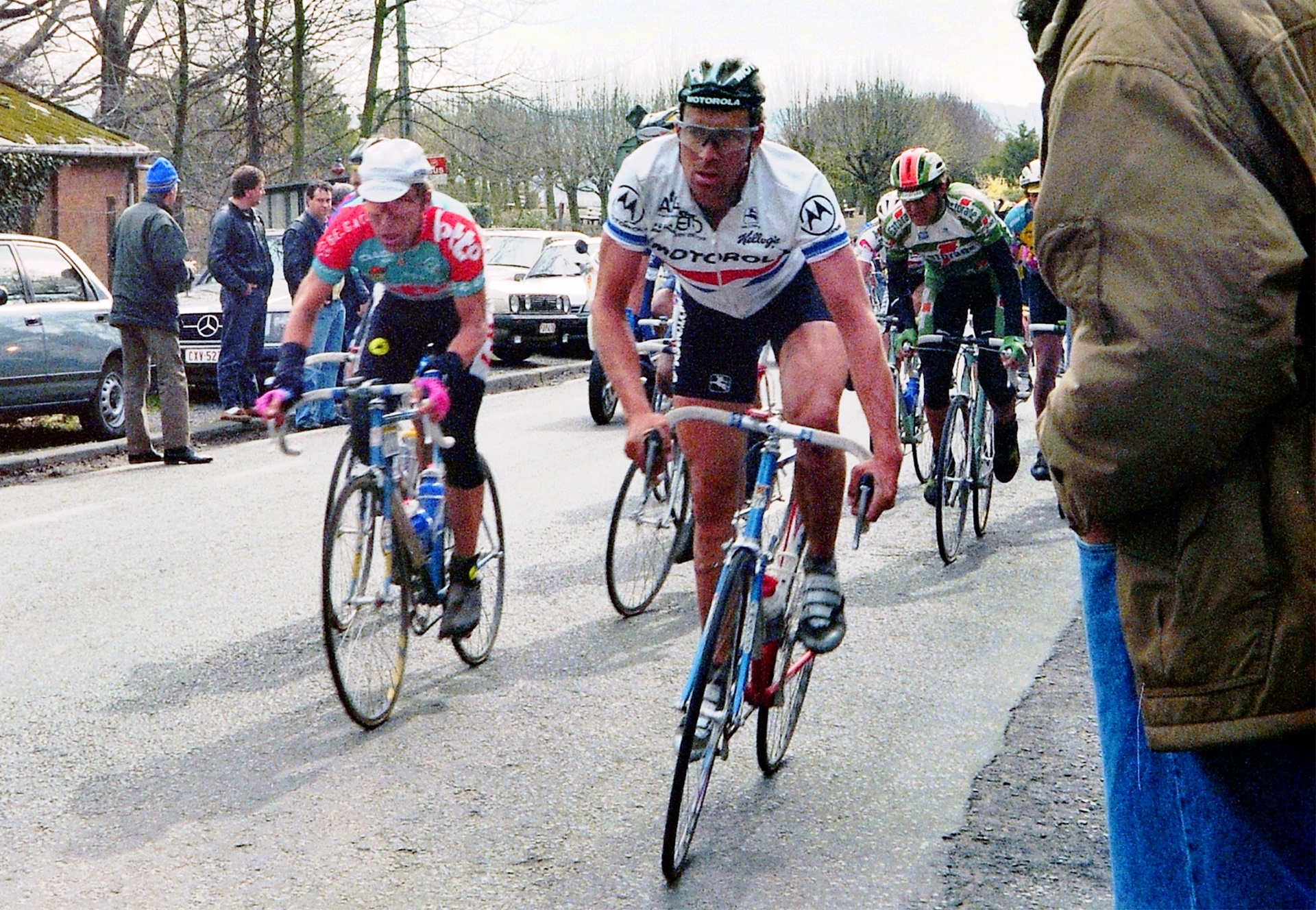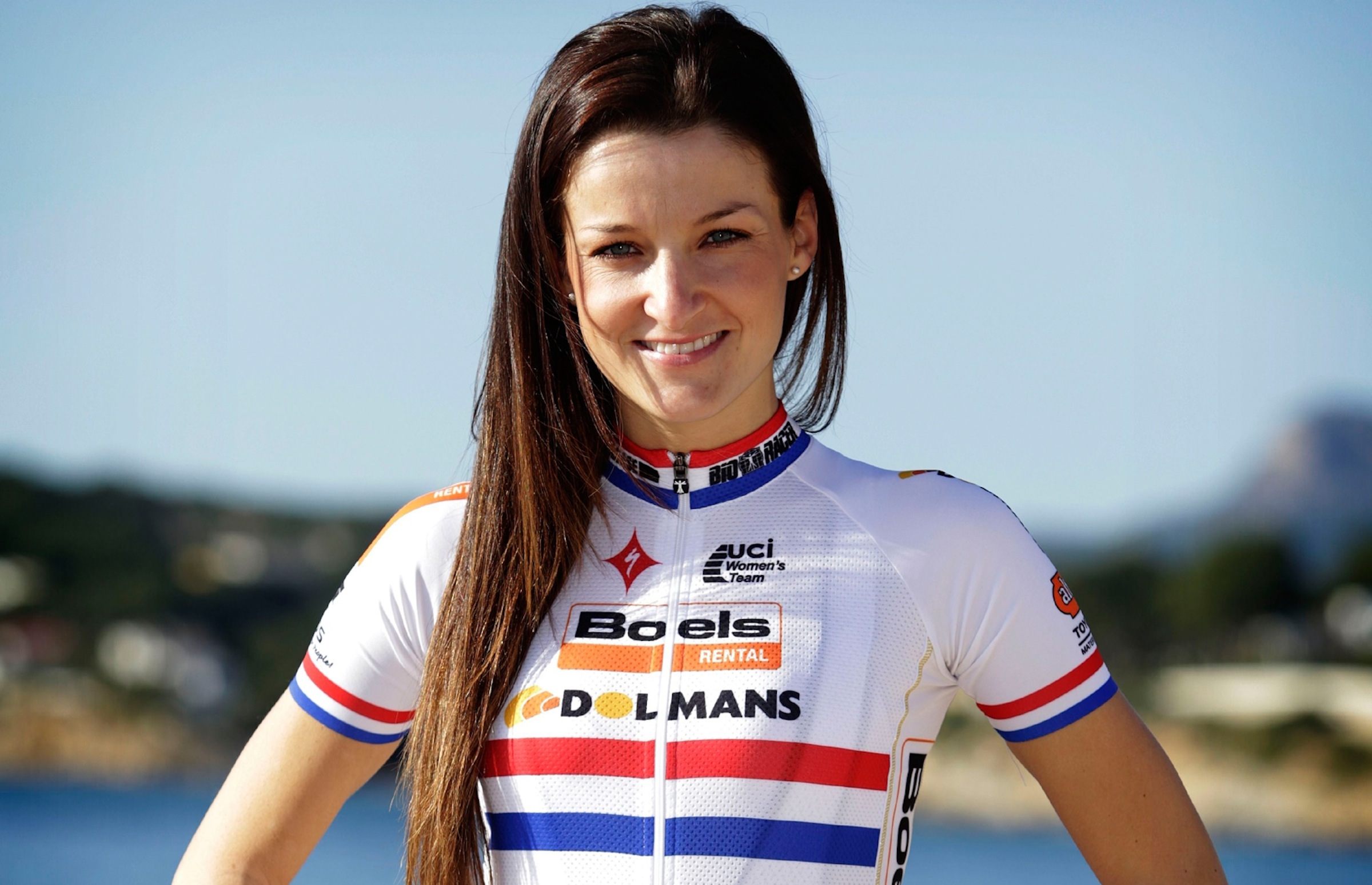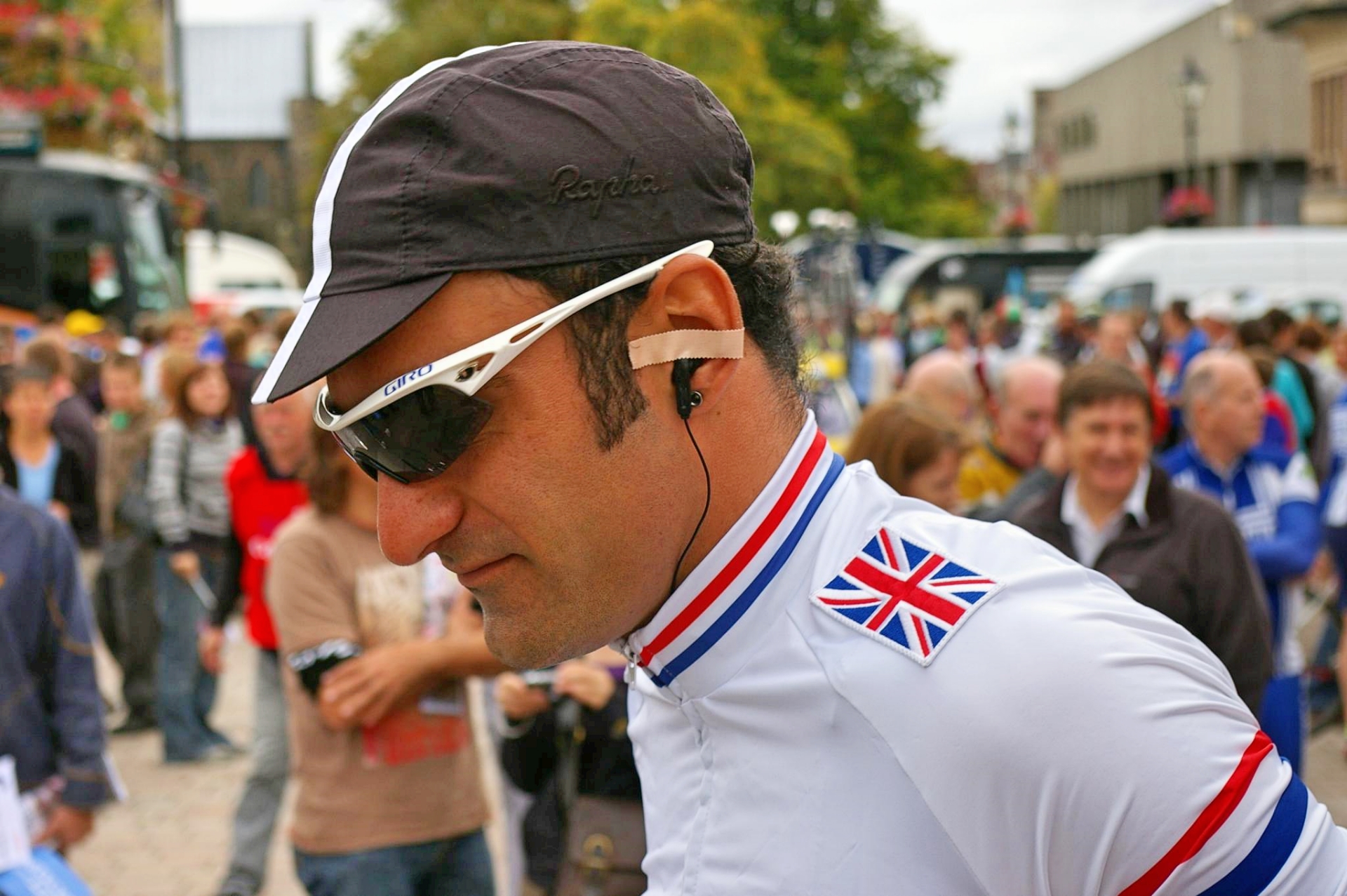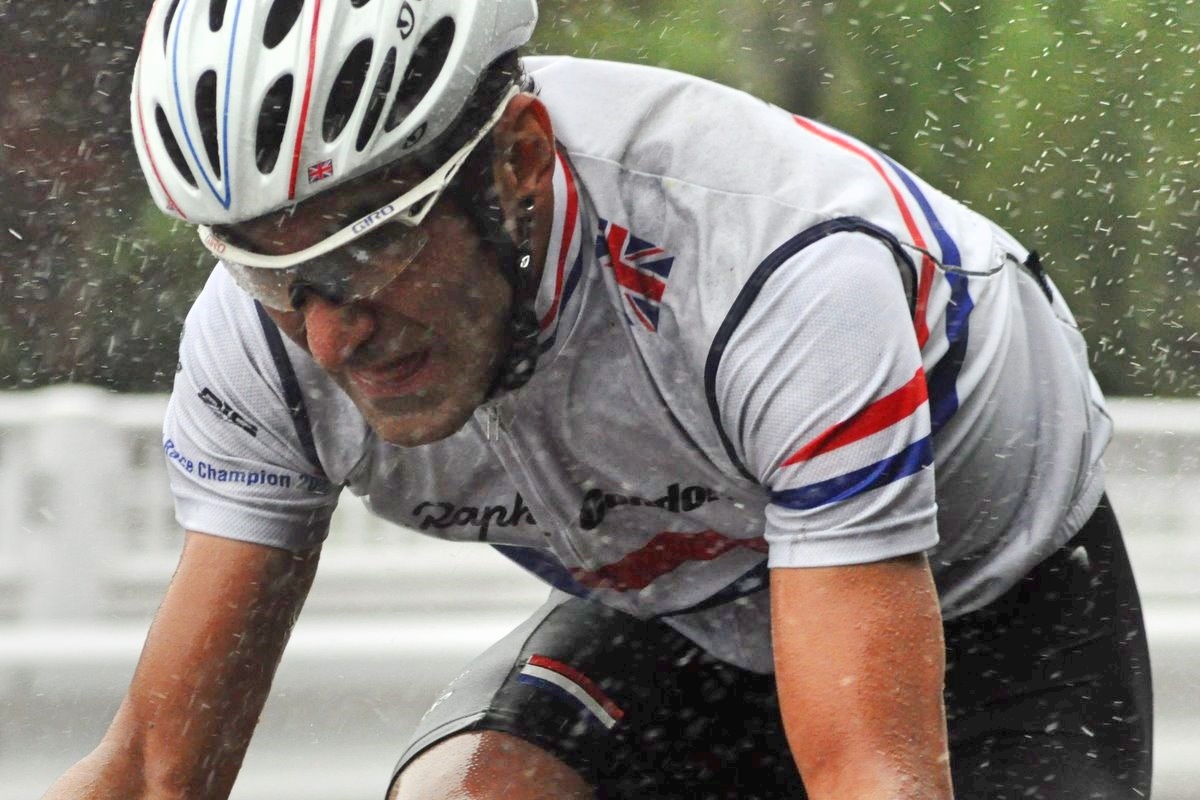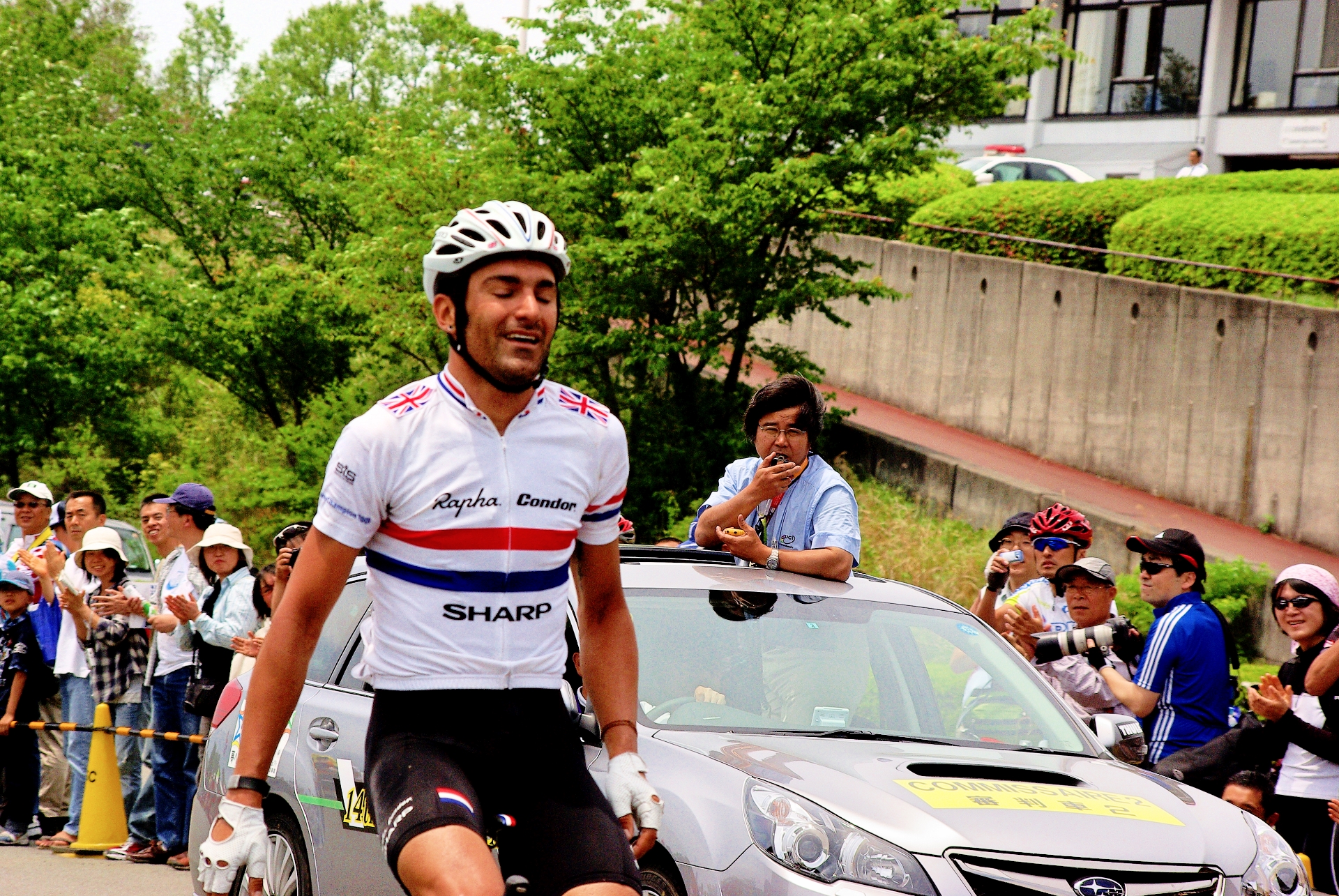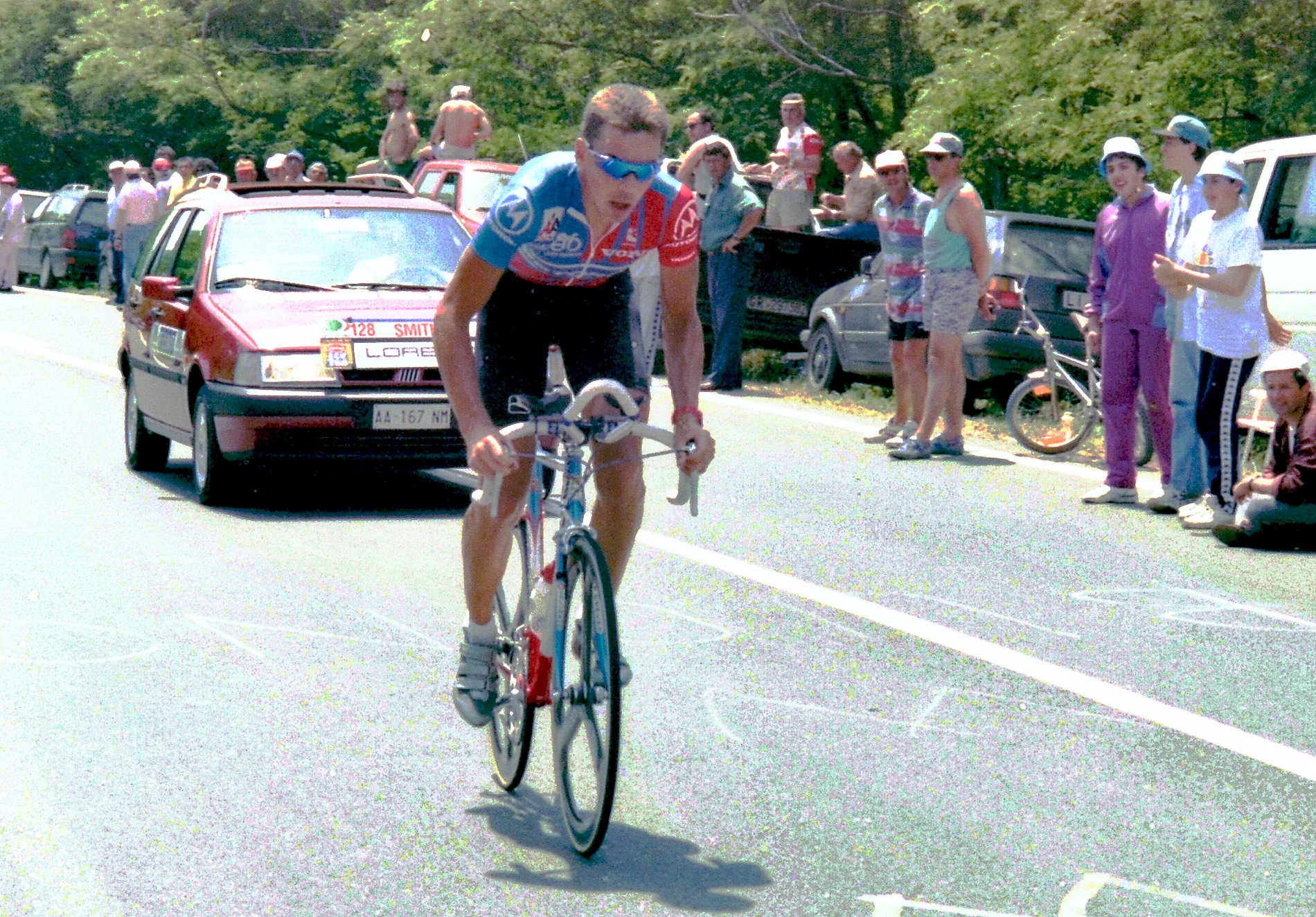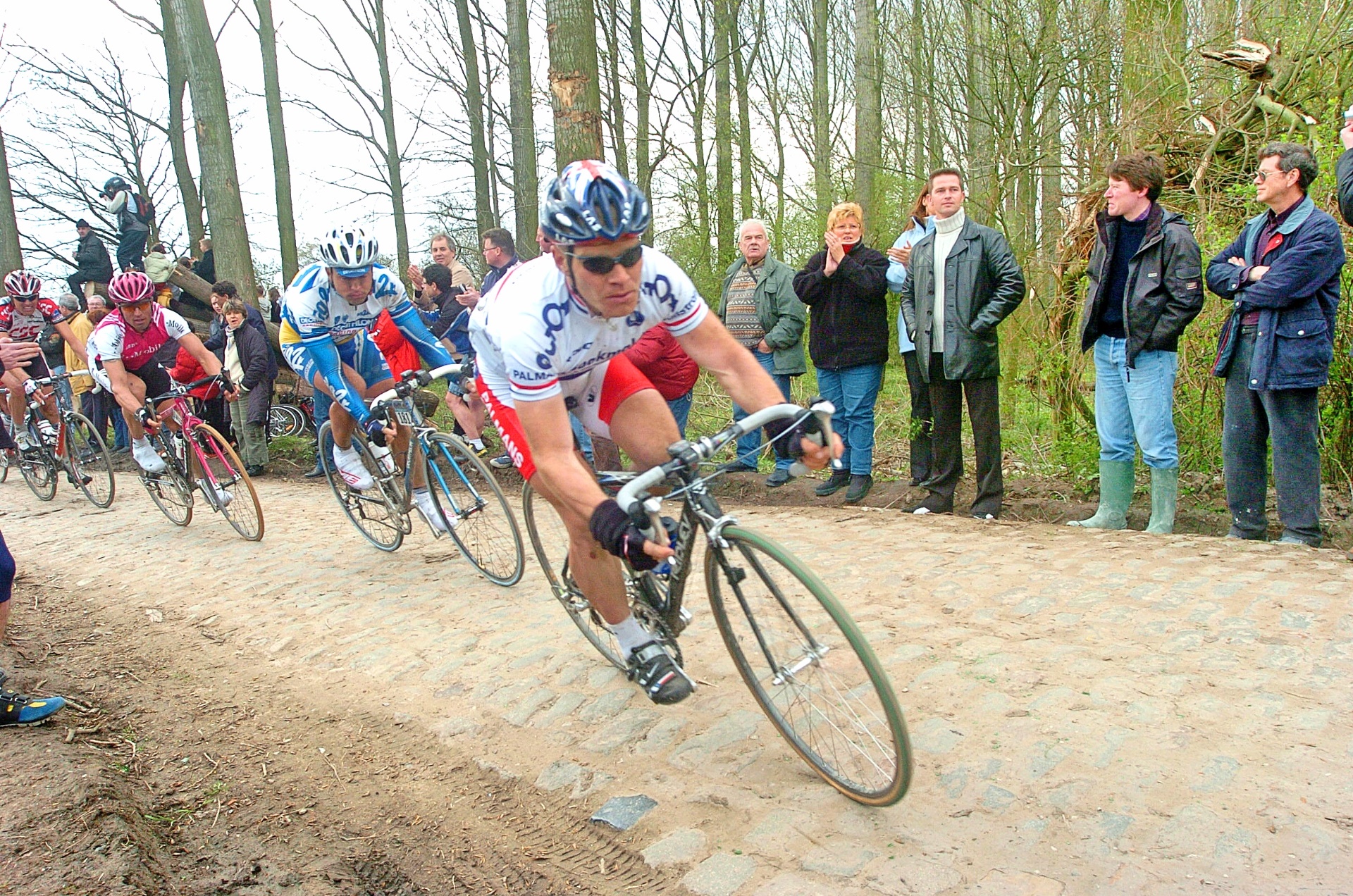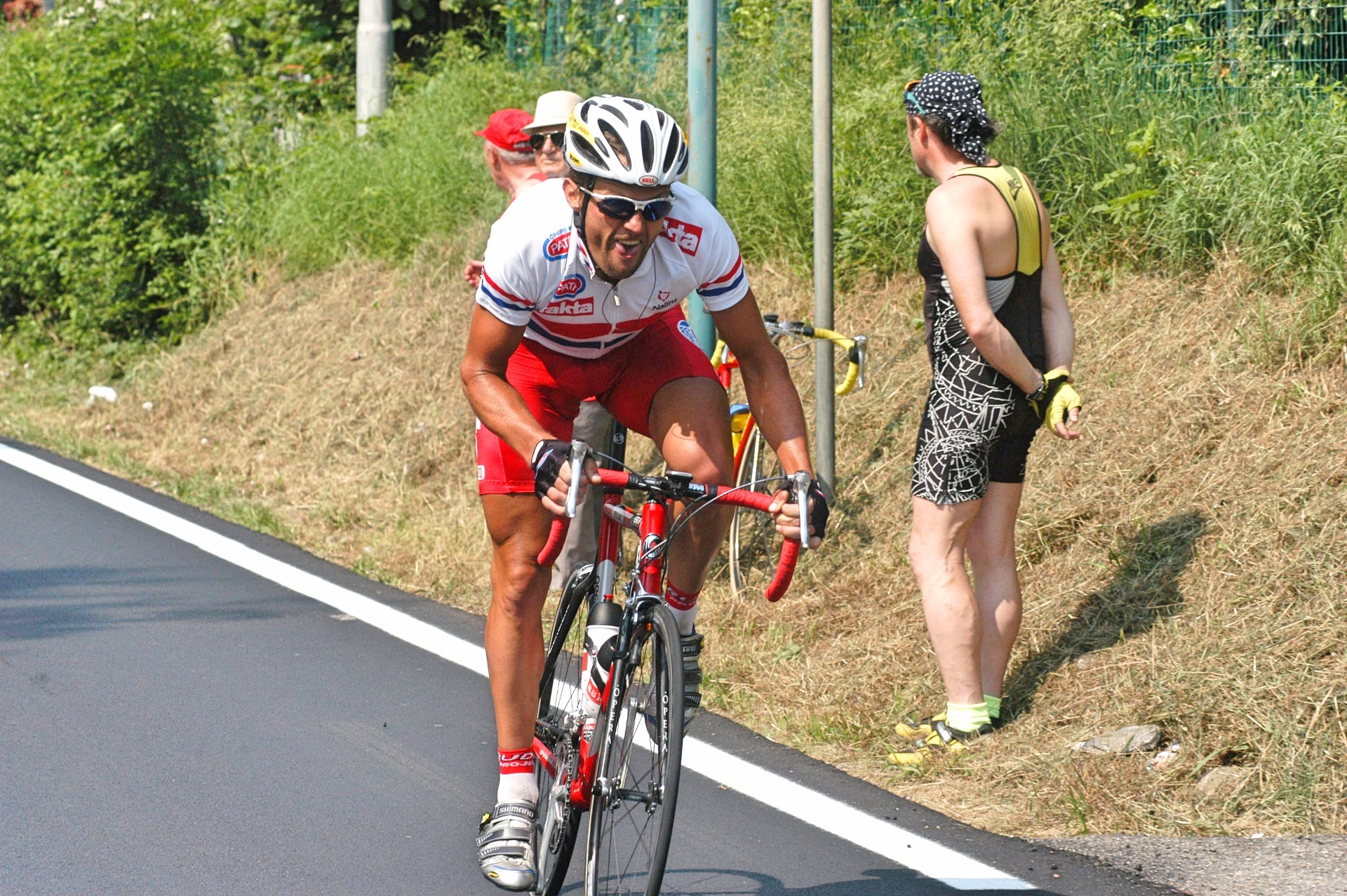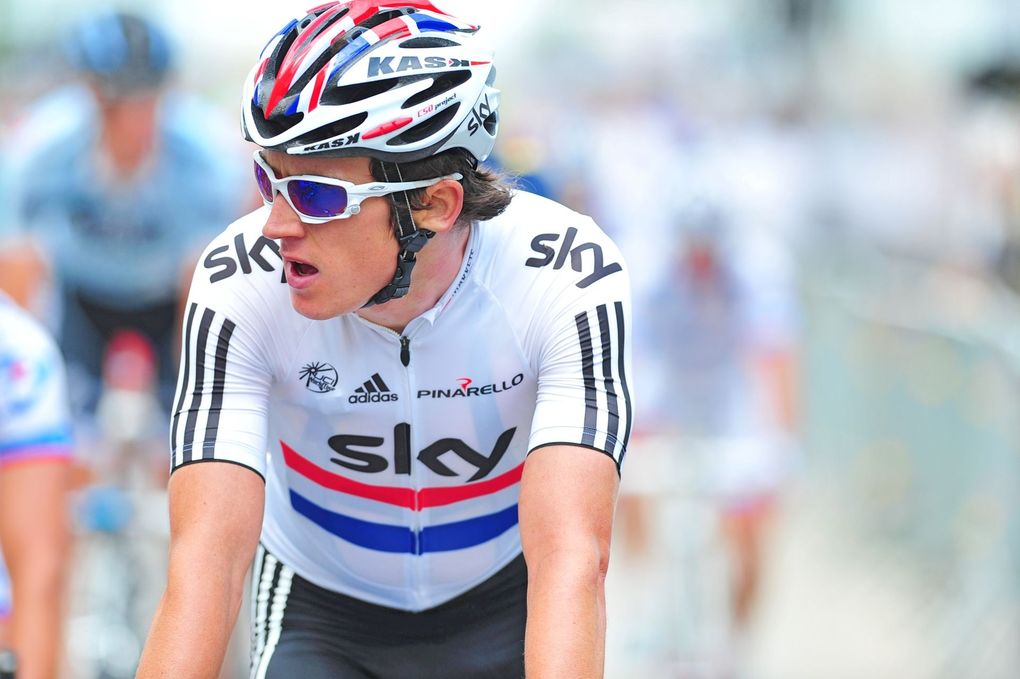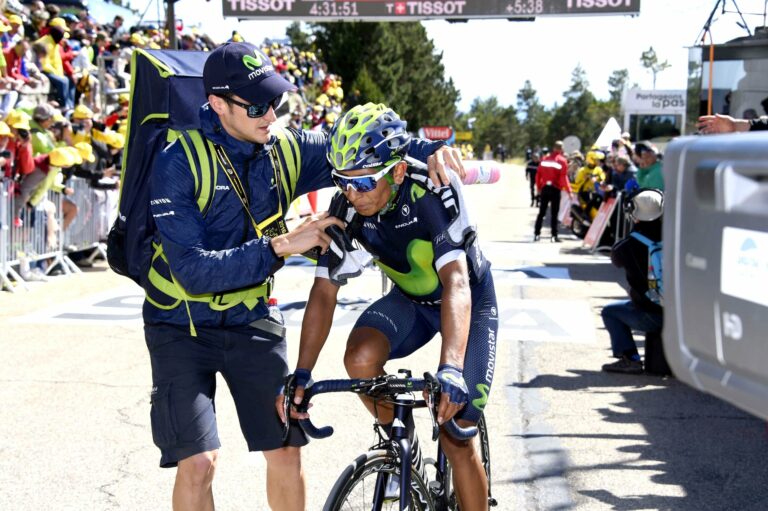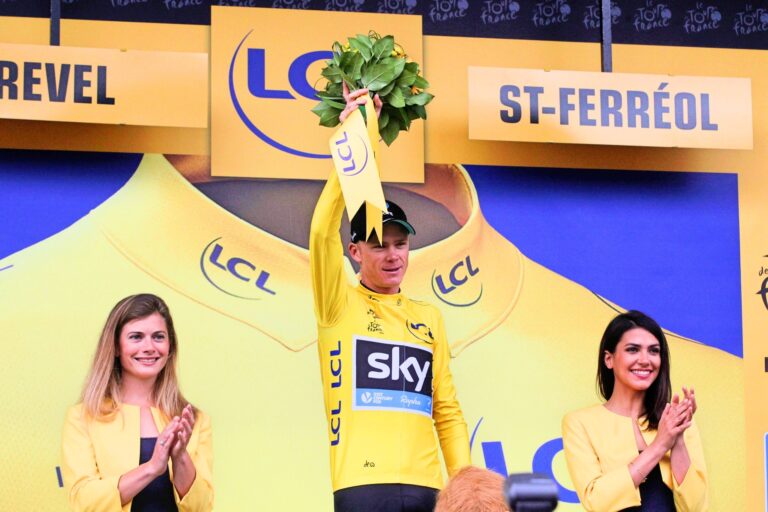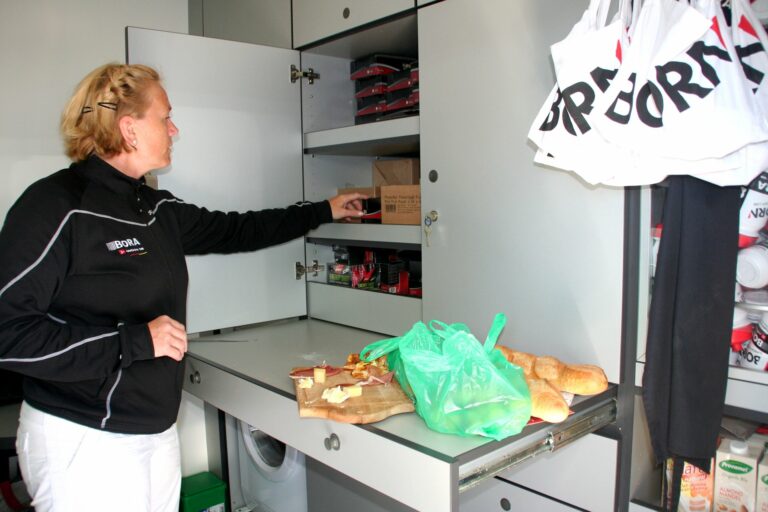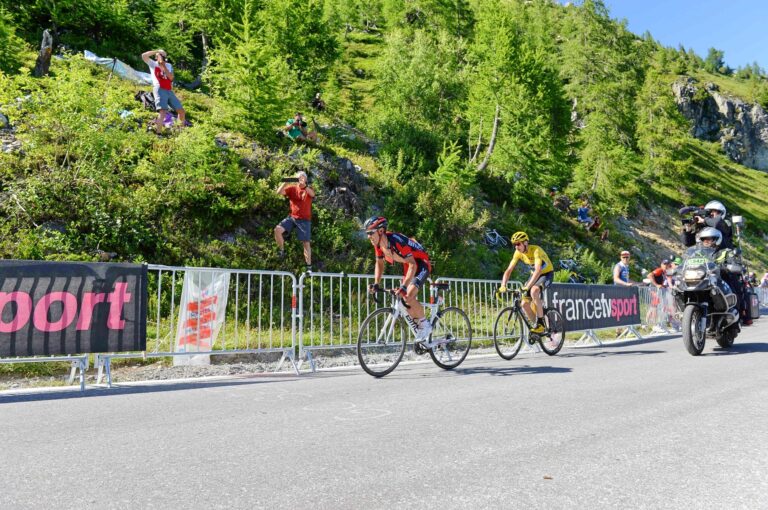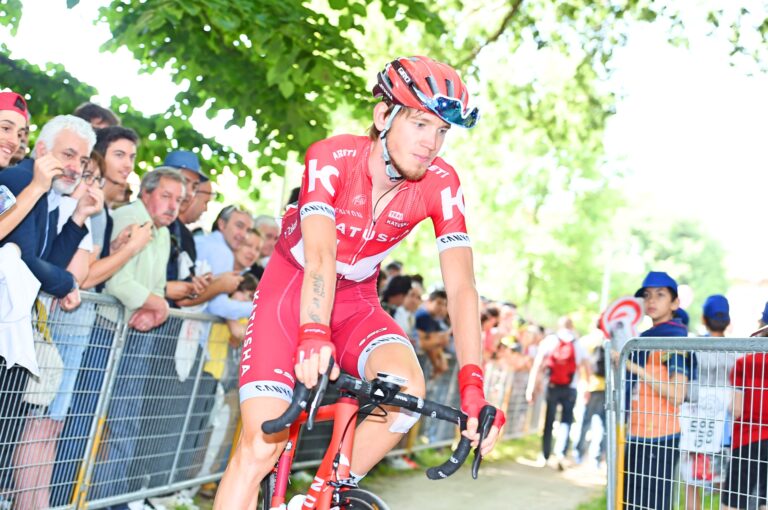Sunday sees the British National Road Race Championships take place in Stockton, with the country’s elite men and women battling for the right to pull on the blue, white and red striped jersey.
Run every year since the British League of Racing Cyclists and the National Cyclists’ Union merged in 1959 (there were two separate races prior to that year), the roll call of former winners include the great and good of British Cycling.
Winners of the men’s race include Mark Cavendish, Bradley Wiggins, Geraint Thomas and Peter Kennaugh in recent years, while Robert Millar, Sean Yates and Roger Hammond are also among the former champions.
On the women’s side, Nicole Cooke and Lizzie Armitstead were both British champions at the time they won their world road race titles, while Mandy Jones did it the opposite way round – her second British title arrived the year after she became world champion.
It is a jersey recognised throughout the world of cycling, thanks to the exploits of those former winners – think Roger Hammond’s Paris-Roubaix podium in 2004 or Cavendish’s Tour de France stage wins in 2013, for example, or Armitstead sealing UCI Women’s Road World Cup victory in the jersey by winning last year’s GP de Plouay.
